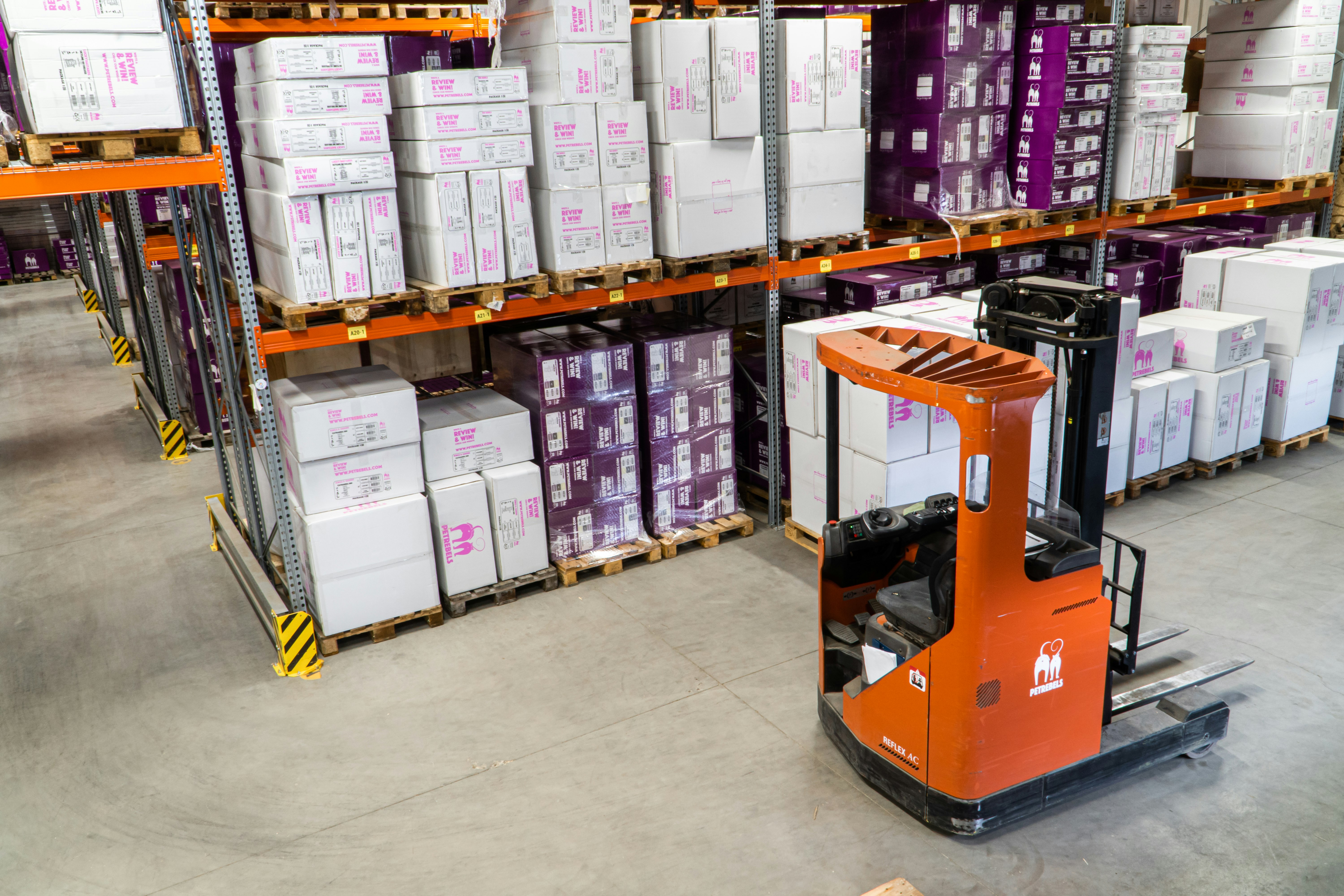Unless you’re happy with a more costly and inefficient process, it shouldn’t be. You need to look at integrating your transactions into your system.
There are many definitions of integration and the advantages it provides. For our purposes, integration means accepting PO data from your customer electronically directly into your ERP, having your system create an order from it just as if keyed in by one of your employees, and generating the data for your outbound ASN and invoice transactions transmitted directly to your suppliers in their required electronic format. The webform process that’s now in the middle of your relationship goes away, as does the need to re-enter information into it.
The advantages of integration are well-documented. Here are a few of the most common:
• Eliminates errors common to redundant data entry.
• Improves information reliability by getting sales orders into your system quicker.
• Improves cash flow by generating invoices and getting them into your customers’ systems for payment quicker.
• Streamlines your processes.
• Reduces your costs (more on this below).
• Can reduce the number of employee hours allotted to manual processes.
I’m sure everyone understands the dollars and cents issues embedded in this list. Integration can and will save you money. However, it’s what you risk if you don’t integrate that should break the inertia and move you in the right direction. Business is increasingly being conducted electronically and you can’t afford to be left behind.
In the past, companies could get away with ‘faux EDI’- you know, the old ‘rip and read’ process where inbound emails were printed and re-keyed into your system to create orders. Although that hasn’t completely disappeared, due to the risks of manual entry errors and the lags in order entry it’s becoming less and less common. Webform-based processes have similar limitations, although customers are a bit more tolerant since it’s fully electronic on their end. But in this increasingly multi-channel , consumer-driven business environment, latency has been almost entirely eradicated. Customers want their data exchanged immediately, information about their orders at their fingertips (or smartphones), and complete transparency into their transactions, whether shipped from a factory, DC, or 3rd party. The days of customers accepting lag time anywhere at all has gone by the wayside. ‘Integrate or die’ should be the mantra of suppliers who want to flourish in today’s interconnected world.
In addition to the cost savings and the need to handle business transactions at a much higher velocity, you need to also consider your future. Do you want to grow? Are you OK with treading water, or would you rather be in a position to exploit growth opportunities? Let’s say your big retail customer wants you to dropship orders directly to its customers, meaning your transaction volume may grow 50-fold. Although you’re willing to manually process that huge volume of transactions using webforms, your customer isn’t likely to accept the higher error rates and time lags. And the ultimate consumer is going to want an answer on where their order is even if they just placed it on-line 10 minutes ago. If you aren’t integrated, you won’t be able to contend with conditions that may make you a more profitable, viable supplier.
Lastly, put on your marketing hat for a moment (you know, it’s the one that looks like a beanie with a propeller on top). Do you want your ‘brand’ identity to be ‘the little engine that could’, always struggling heroically to keep up by throwing bodies at a problem? Or, do you think it might be to your advantage to be known as a progressive company that utilizes technology to address opportunities? As a consumer and customer, all things being equal I tend to gravitate toward businesses with the slickest, fastest, least error-prone processes. I don’t think I’m alone with this- you don’t grow profits and become big without being efficient.
You know, integrating EDI transactions used to be a costly process, involving the purchase of servers and EDI software, the hiring of technical mapping personnel, and expensive VAN (value added network) connectivity. That’s no longer the case. Developments in ‘cloud’ technology and ‘software as a service’ (SaaS) have greatly reduced the complexity and cost associated with integration. To get an idea of potential expenses, find a vendor via Google search or check with our sponsor, SPS Commerce (www.spscommerce.com) to discuss their services and pricing.
So, integration would improve finances, customer service, sales, marketing, and operations. What’s not to like? Let’s end the labor intensive, quality robbing, high-cost manual and portal-based processes and make integrated electronic transactions a goal for 2013! Reduce your workload of non-value added labor, improve your speed and data integrity for your customers, and put yourself in position to handle your next big contract without breaking the bank! Let’s integrate!




















 OK, you’ve survived the latest challenge from your major customer, complying with their mandate to receive electronic purchase orders and send electronic invoices and ship notices. It wasn’t easy, but you made the smart move, at least in your mind, by utilizing their recommended 3rd party’s webform solution. It costs a little money each time you use it, and you need to re-enter a bunch of stuff you’ve already keyed into your ERP, but at least you’re in compliance. Is ‘good enough for them’ good enough for you?
OK, you’ve survived the latest challenge from your major customer, complying with their mandate to receive electronic purchase orders and send electronic invoices and ship notices. It wasn’t easy, but you made the smart move, at least in your mind, by utilizing their recommended 3rd party’s webform solution. It costs a little money each time you use it, and you need to re-enter a bunch of stuff you’ve already keyed into your ERP, but at least you’re in compliance. Is ‘good enough for them’ good enough for you?